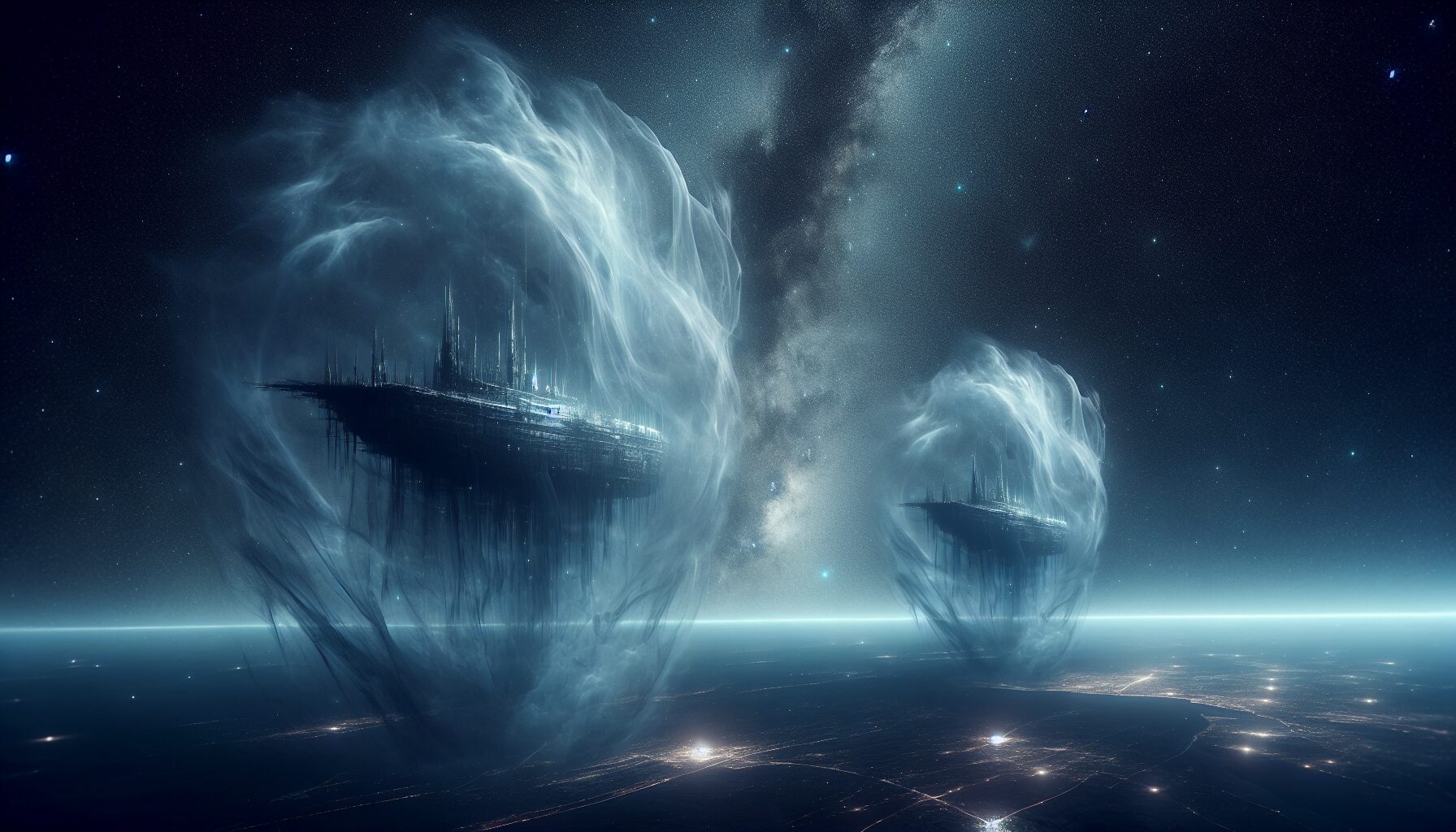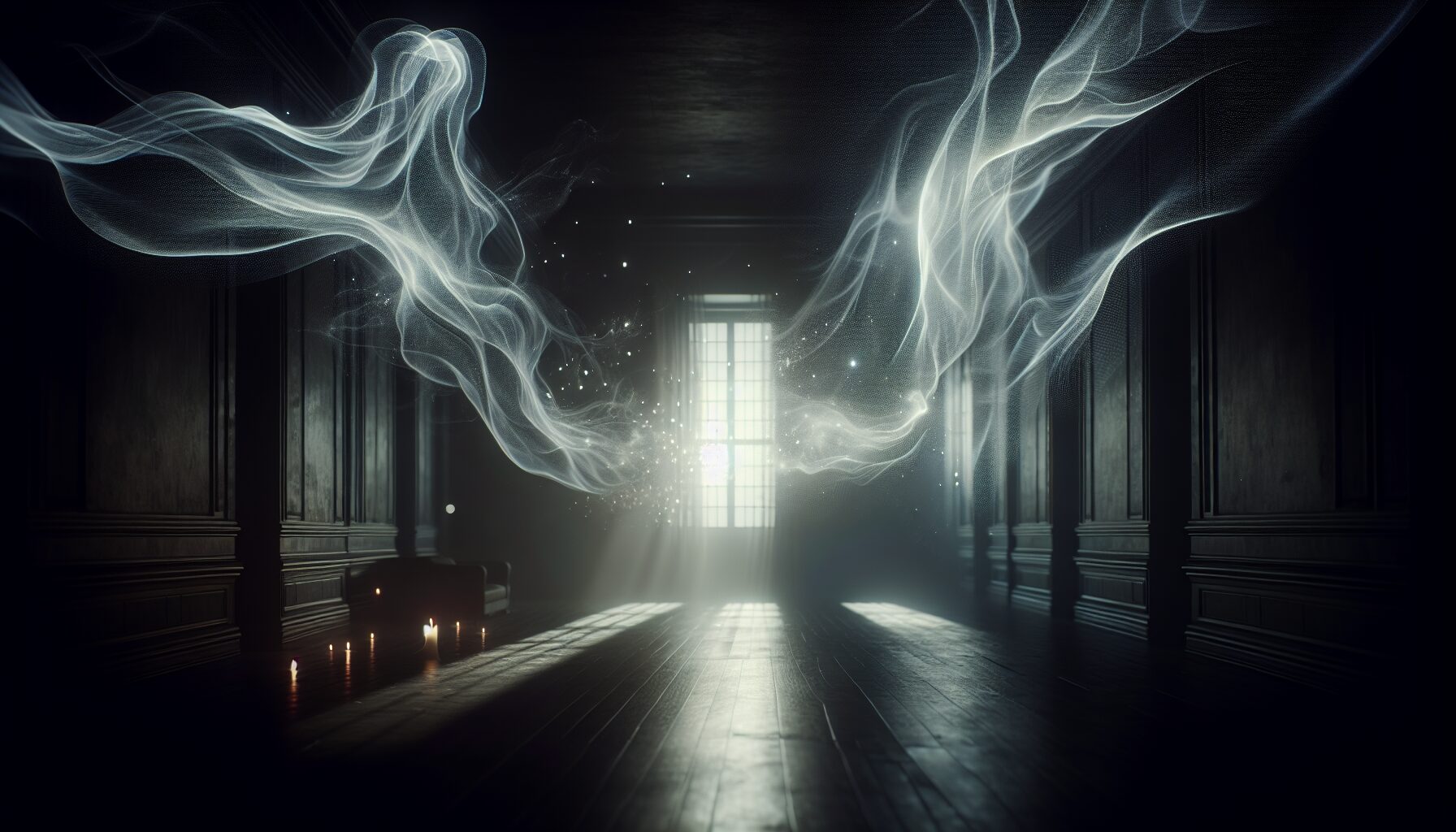In the vast expanse of the universe, where stars are born and die in dramatic bursts of energy, lies another fascinating, albeit eerie, phenomenon: cosmic ghost ships. These are derelict spacecraft, abandoned in the void between stars, silently drifting for eternity. These space-faring relics offer both a haunting reminder of past ambitions and a beacon for the mysteries that still await us in the cosmos.
The Phantom Fleet of the Stars
Throughout decades of space exploration, a multitude of probes, satellites, and ships have been launched into the cosmos. Many of these missions have served their purposes and now linger abandoned in the emptiness of space. Among them, some have intriguingly become known as ‘cosmic ghost ships’. These vessels are no longer operational but continue to traverse the solar pathways, a testament to human curiosity and the engineering prowess of their creators.
- Pioneer 10: Launched in 1972, Pioneer 10 was one of the first spacecraft to travel through the asteroid belt and make a flyby of Jupiter. Contact was lost in 2003, leaving it to drift towards the constellation Taurus.
- Voyager 1 and 2: While still technically active, these pioneers of human exploration have made their way into interstellar space. Eventually, they will become silent relics, carrying the famous Golden Record—a time capsule for any advanced civilization that may encounter them.
- New Horizons: After its historic Pluto flyby, New Horizons continues its journey into the Kuiper Belt. Although still communicative, it will one day join the ghostly ranks floating silently in the Milky Way.
The Lure of the Unknown
“Space, the final frontier,” famously quoted by Captain Kirk in Star Trek, captures humanity’s enduring fascination with the cosmos.
These ghost ships, while abandoned, hold vast potential. As technology progresses, the possibility of reactivating or repurposing these vessels could provide valuable data and insight into the effects of prolonged space travel on man-made objects. Moreover, their routes through uncharted territories raise intriguing questions about what lies beyond our solar system.
The Echoes of Ambition
The presence of cosmic ghost ships beckons to humanity’s next steps in our exploration of the stars. They remind us both of the limits we have yet to transcend and the brilliance of human innovation. As their journeys continue on silent wings, these vessels will forever mark our desire to reach out and explore the infinite.
As we advance, the mystery and allure of these cosmic ghost ships illustrate not just where we have been, but hint at where we might one day go—beyond the realms of our current understanding and into the unexplored infinity that awaits.


